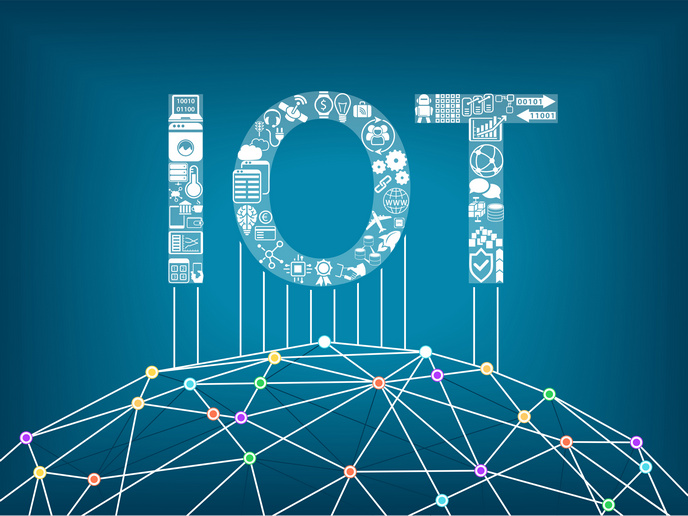Novel platform empowers cities to build climate resilience and adaptation
The encroaching uncertainties of climate change and environmental hazards are increasingly affecting our daily lives – especially in cities, which are particularly at risk. Scientific research plays a crucial role in addressing these challenges, especially when it helps to inform decision-making processes.
Uniting science and society
The EU-funded HARMONIA project is a Europe-wide collaboration comprising universities, research institutes, small- and medium-sized enterprises and non-governmental organisations in four pilot cities: Ixelles, Milan, Piraeus and Sofia. “Our goal is to deepen our understanding of the environmental challenges at hand. We are not just focusing on the scientific aspects of climate change and environmental risks; we also emphasise how these issues impact society, including effects on human health and well-being,” notes project coordinator Julia Nerantzia Tzortzi. HARMONIA’s primary goal is to make the wealth of existing knowledge and technology accessible to everyone. “By raising awareness and encouraging engagement, we want to empower citizens and help municipalities shape and implement urban policies for adapting to these changes,” adds Tzortzi. “We are also keen on promoting cooperation among researchers, encouraging them to contribute to our collective endeavour against climate change and in our efforts to make cities safer and more liveable places.”
A multifaceted approach to climate change
Central to HARMONIA’s mission is the fusion of urban and climate data from the Global Earth Observation System of Systems (GEOSS) alongside local, regional and global data sets. This integration is foundational to developing applications aligning with the Paris Agreement’s goals for climate change adaptation and mitigation. To this end, researchers are developing an integrated resilience assessment platform IRAP – a decision support tool for urban environments, tailored to the needs of European citizens and public stakeholders featuring interlinked domains of health, air pollution and climate change. This will specifically focus on risks in urban environments, using AI models to generate up-to-date information on land cover, building footprints, population distribution, and picking up risk patterns such as the urban heat island effect and flooding. The platform will provide decision support systems for urban resilience, help with urban planning, and uncover links between air pollution, climate change and health risks in urban areas. According to R.M. Cristina Musacchio, project leader and researcher at Politecnico di Milano, “IRAP will navigate various risk landscapes associated with climate change, thereby streamlining preparedness and response mechanisms. HARMONIA places strong emphasis on sustainable urban development, and human and ecosystem health.” Using various GEOSS tools and services – including climate impact models and Copernicus satellite data – HARMONIA plans to incorporate advanced technologies such as terrestrial and satellite imaging, AI and sensors. This approach should enable IRAP to highlight urban-specific risk factors like the heat island effect and flood vulnerability. “The IRAP’s prowess lies in its ability to furnish decision-makers with real-time insights on land cover, building footprints, population distribution and emerging risk patterns,” explains Tzortzi. Leveraging sophisticated AI modelling, the platform will also predict risk factors tied to chronic diseases, providing policymakers with invaluable tools to assess health risks and prioritise interventions. “By marrying accurate data analysis with spatial analytics and health perspectives, IRAP will help stakeholders bolster resilience, mitigate risks and foster sustainable, health-centric urban environments,” remarks Tzortzi.
Potential impact
HARMONIA is set to significantly enhance global and European responses to climate change by aligning with major initiatives like the Paris Agreement, the Agenda for Sustainable Development and the Sendai Framework for Disaster Risk Reduction. It aims to advance European engagement in the GEO Work Programme, focusing on societal benefit areas such as sustainable urban development, disaster resilience, public health surveillance, and biodiversity and ecosystem stability. Ultimately, by improving the use of Earth observation data, reinforcing in situ observation systems and developing new EuroGEO pilot applications, HARMONIA will deepen our understanding of climate change contributors and impacts.
Keywords
HARMONIA, AI, climate change, cities, GEOSS, Earth observation, Paris Agreement, integrated resilience assessment platform







